A
Stranger in Town
“The men around here, bless ‘em, either clump
about in gumboots directing dung spreading, or prop up the hotel bar mourning
the nineteenth century. David was cultured, discerning,
and talented, consequently there wasn’t a man who didn’t hate him, nor a woman
who didn’t respond to his charms.”
David and King Saul, the story of a pianist-composer
in the sticks, a Yank in an English village complete with bard (parsnip wine,
dabbler in verse, a lady typist by profession), Abigail figures strongly (the shewbread is the bard’s bracelet), he is penurious and
depicted as a blackmailer in villagers’ accounts of him (Vicky had no
inheritance, he threatened to tell Lorna’s husband “a string of lies”, the
farmer’s daughter was too young), dictation laid over a tape of his concerto
identifies the murderer (cf. Douglas
Sirk’s Thunder on the Hill).
A home town reporter on vacation does a job for Uncle
and retraces all the steps, which makes for an interesting structure with doubles
and descriptions (The Third Man is cited in the churchyard scene).
Norman Hudis and Edward Dryhurst have the brilliant, complicated screenplay from a
novel called The Uninvited, Pollock directs on location.
Rooney
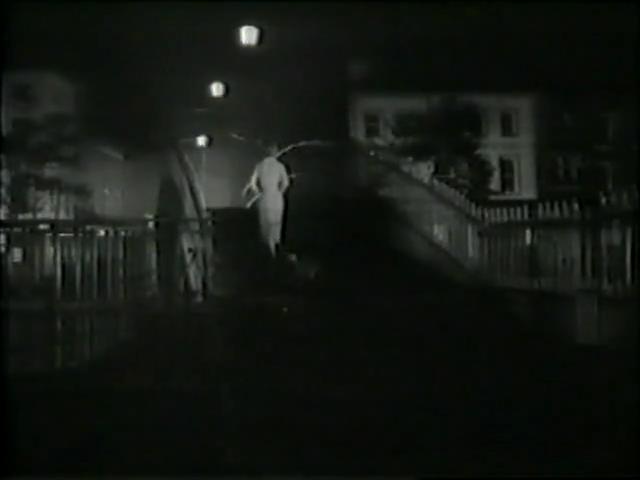
“Anything in the paper, Joe?”
“Ah, the whole country’s in a terrible state, lads.”
“Eagh.”
“They say they’re puttin’ up the price o’
stout.”
“And to think o’ the days when it was only tuppence
a pint.”
“Aye, and so full o’ strength that if your glass didn’t stick to the
counter you’d ask for your money back.”
“Ah, there’s no doubt them were the days, we were born out of our
time.”
The Dublin dustman, a prince at the hurling, and the
Cinderella of the premises where he dwells a lodger despised but for his
prospects, like Granddad upstairs who owns the place run by his daughter, a
widow like all them that plague the young fellow with their kindnesses from
pillar to post.
Bosley Crowther of the New York Times, “it is not too
amusing... nor is it dramatically apropos.” Leonard Maltin, “sprightly tale”. Hal
Erickson (All Movie Guide), “stronger
on characterization than plot.” Halliwell’s Film Guide, “unconvincing.”
A particularly fine sense of the city (Austin Dempster camera, Christopher Challis cinematography).
And
the Same to You
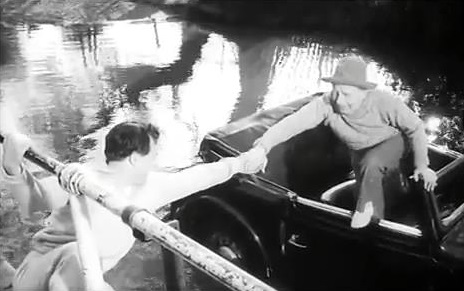
A very bloody charming comedy on the fight game at shared premises in a
church hall, the up-and-comer’s a boxing blue from Cambridge and the vicar’s
nephew, replacing the house hopeful. Sublimity touches
the screenplay by John Paddy Carstairs when, for
example, the hopeful dances close with Shirley Anne Field.
“Ooh, aren’t you strong.”
“Yeah, but easily led.”
Question of a new roof against deathwatch beetle, also of a very bloody
down-and-out promoter, also of a fixed fight.
“I can’t lose to a new boy. I’d on’y feel like ‘alf a man, an’ that’s no way to feel before y’ wedding, is it.”
“Depends which
half.”
The archdeacon
and Uncle Sidney. “Why does everyone call you Sid?”
“Sheer
popularity.”
How I won the
war, or the thousand pound fight.
Murder She Said
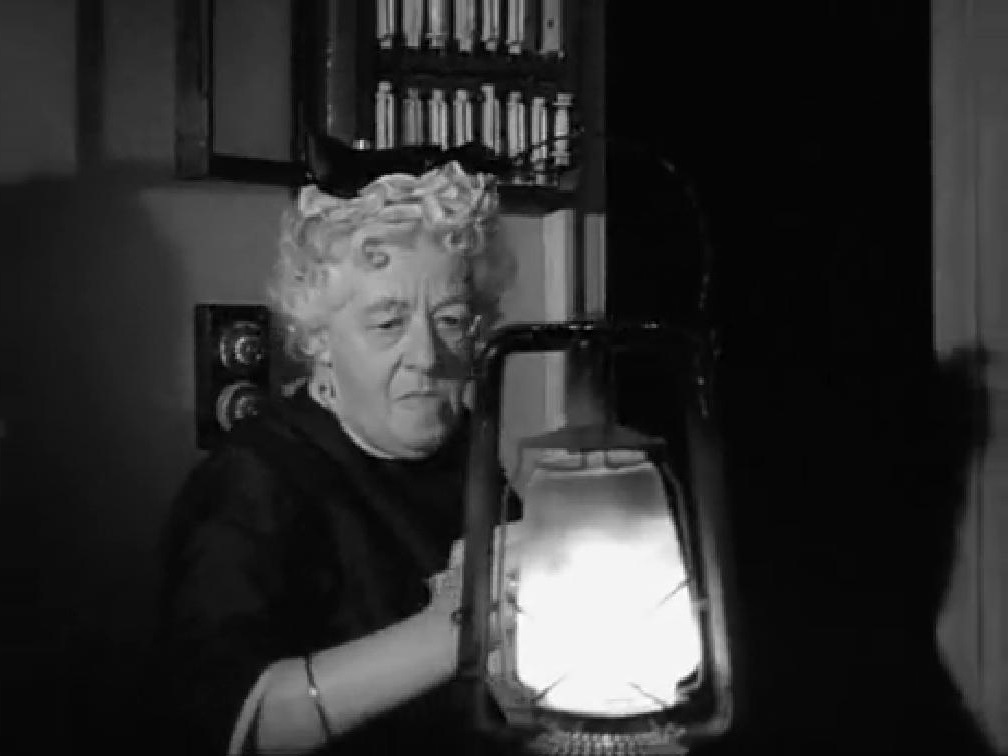
Miss Jane Marple, champion sportswoman, good
English cook, great reader of detective fiction, grand girl all round, enters
the service selflessly when duty calls, as Mrs. Binster
(Richard Briers) joyfully observes.
France turns up again in an Egyptian mummy case amongst the old traps
of a disused outbuilding. Thunderstorm, power failure,
“may I ask what you’re
doing?”
“Trying to provide light.” Dr. Quimper
(Arthur Kennedy) is an American because this is An American Tragedy and a very odd thing, a mirror
to Murder
at the Gallop
as well as in another way The List of Adrian Messenger (dir. John Huston) or Kind Hearts and Coronets (dir. Robert Hamer), “kill off
all your relations in easy stages except the old man, when he dies a natural
death...”
The expert eye will almost certainly discern significant traces of
Cukor (Pat and Mike) and LeRoy (Madame Curie). James Robertson Justice
plays the later John Osborne in the role of Sheridan Whiteside from The Man Who Became the Autocrat of the Breakfast Table.
Pursall & Seddon
screenplay, Geoffrey Faithfull cinematography, Austin
Dempster camera, Douglas Hickox assistant director,
the famous score.
Film4,
“modest and breezy”. A.H. Weiler
of the New York Times, “a thoroughly satisfying and suspenseful diversion.” Variety, “the George H. Brown production is weak in the
motivation area, and there’s a sticky and unnecessary parting shot...” TV Guide, “a bit talky”.
Catholic News Service Media Review Office, “dandy”. Dave
Kehr (Chicago Reader), “distinguished mainly by its
utter lack of atmosphere.” Halliwell’s Film Guide, “frightfully British and
disappointingly tame”.
Kill or Cure
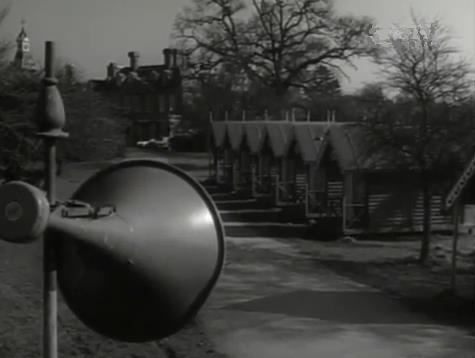
J. Barker Rynde (“Jeroboam—I was weaned on
champagne”), Capt., wedding photog cum divorce dick, is hired by a rich
old baggage to put the tail on someone at a health nut hideaway where she,
employer of Rynde, is subsequently poisoned. A reward is offered for blah-blah-blah leading to the
bloke or blokes what done it, our man dives in.
Hook of the long arm comes to this very pretty surmise, “I can feel it,
there’s somethin’ goin’
on.”
“The old head wound acting up, Sir?”
“Yeah, itchin’, itchin’.”
Question thus of a culture war, of some pretty slick doings, finally of
a divorcee with a doubtful past and a nasty character indeed, the secret of
long life is in the end disclosed. “I thought I told
you to get this flamin’ mongrel out of it!”
New York Times, “deplorable slapstick farce... futile pursuit of mirth...
would tax the talents of Charlie Chaplin... a snicker or two from the old
‘health farm’ wheeze... the kind of low-budget ineptitude that even Jerry Lewis
would have spurned.” Britmovie, “mildly amusing comedy”. Halliwell’s Film Guide, “flatfooted and unprofessional
murder farce”.
Murder at the Gallop
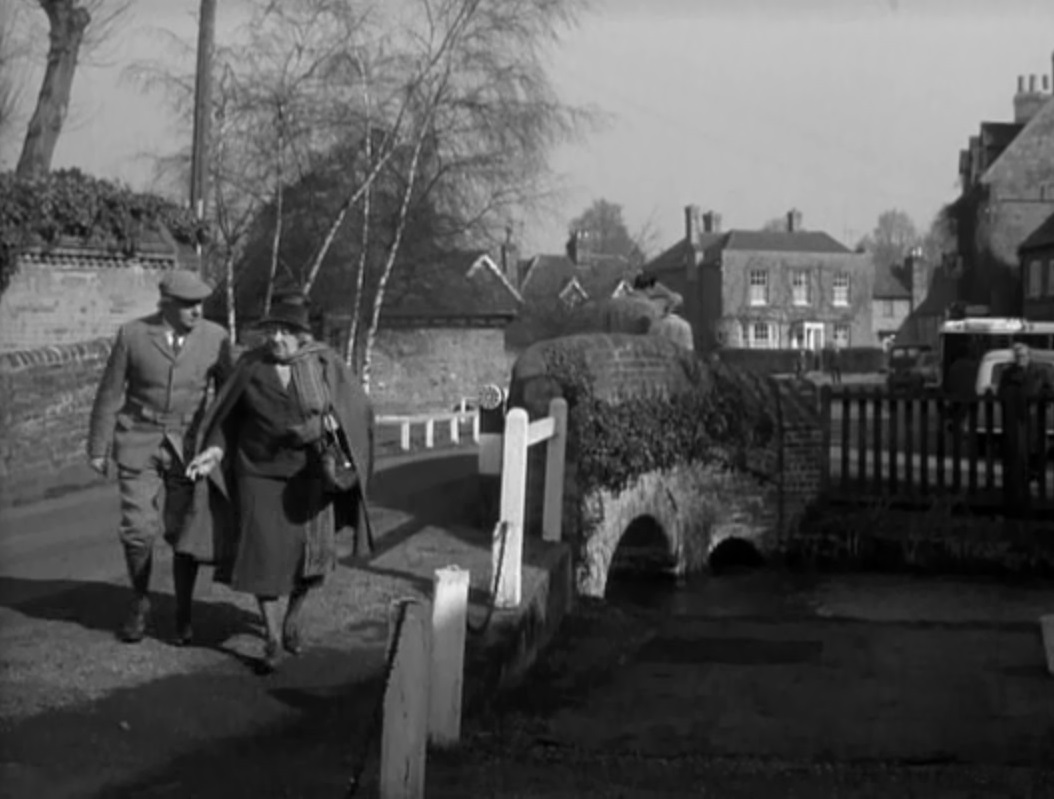
Old skinflint Enderby dies of a cat, the
heirs are idlers, embezzlers, dabblers in art by and large too stupid to
recognize a masterpiece in their midst, which pretty well defines the critical
position then (New York Times) and now (Time Out Film Guide).
Miss J.T.B. Marple, “a great horsewoman,”
Mrs. Lopsided of Mackendrick’s The Ladykillers to Inspector Craddock (“they’re
really very nice,” she says of the police).
Further and most fantastically, she is an admirer of the authoress,
“Agatha Christie should be compulsory reading for the police force,” and
compares this case to The Ninth Life, a purely fictional work
(“remarkable novel,” Miss Marple calls it).
Screenplay (a nominee for the Edgar Allan Poe Award) by a great
craftsman for Alfred Hitchcock Presents, cinematography Arthur Ibbetson, harpsichord score Ron
Goodwin.
David Parkinson (Radio Times), “but
the most striking thing about this lively whodunnit
is...” Britmovie, “director George Pollock
effortlessly blends clues and comedy”. Film4, “but it doesn't really matter, does it?” Bosley Crowther
of the New York Times, “like taking tea and crumpets with a few cheerful, aging
British friends.” TV Guide, “another mystery romp... such brilliant
performers.” Catholic News Service Media Review
Office, “enjoyable mystery fare.” Eleanor Mannikka (All Movie Guide), “one of a series of competent
murder mysteries”. Halliwell’s Film Guide, “a good sense of place and
lively performances.”
Murder Most Foul
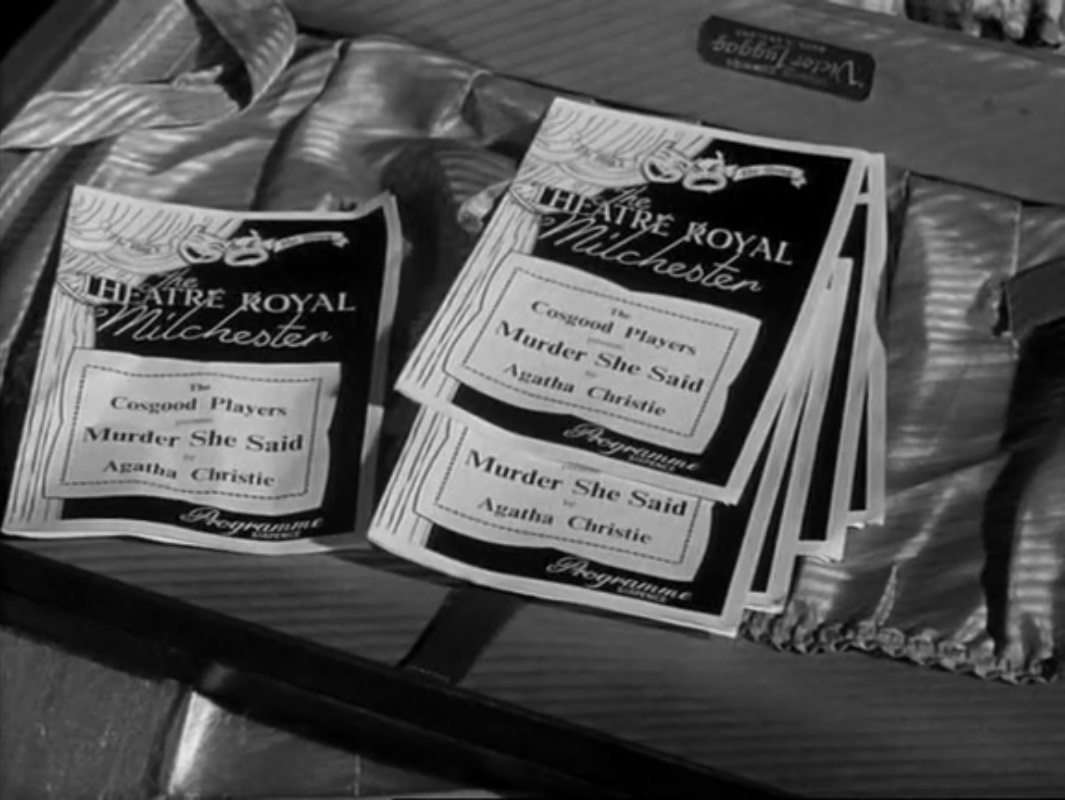
Who hanged the actress-turned-barmaid in her flat? A
variant of Murder She Said, acknowledged at the scene of the crime, evidently the work
of a blackmail victim. “What for?”
“Obviously, so that the police would leap to the conclusion they have leapt to.” Notable
jurywoman Marple, an excellent player of draughts who
speaks like a judge and knits like a pearl (“it helps me to concentrate, m’
Lord”), auditions for the Cosgood Players in a Karloffian rendition of Service that wows the char and
hands on stage (the play is Fly By Night, or rather Out of the Stewpot), “these are the simple facts of the case, and I guess
I ought to know...”
They’re playing the Palace, at the Westward Ho! nearby
(“Theatricals Only”) the apprentice actress is ushered in as “your new one,
dear,” and shown to “number ten, upstairs... no male callers”.
Miss Marple is momentarily alarmed by a cat in
her wardrobe, “naughty pussy, what are you doing in there?” Following the murder of a
colleague, she is called upon to play “the Honourable
Penelope Browne, amateur criminologist” in Soho, “London’s square mile of vice,
and worse,” good for the box office.
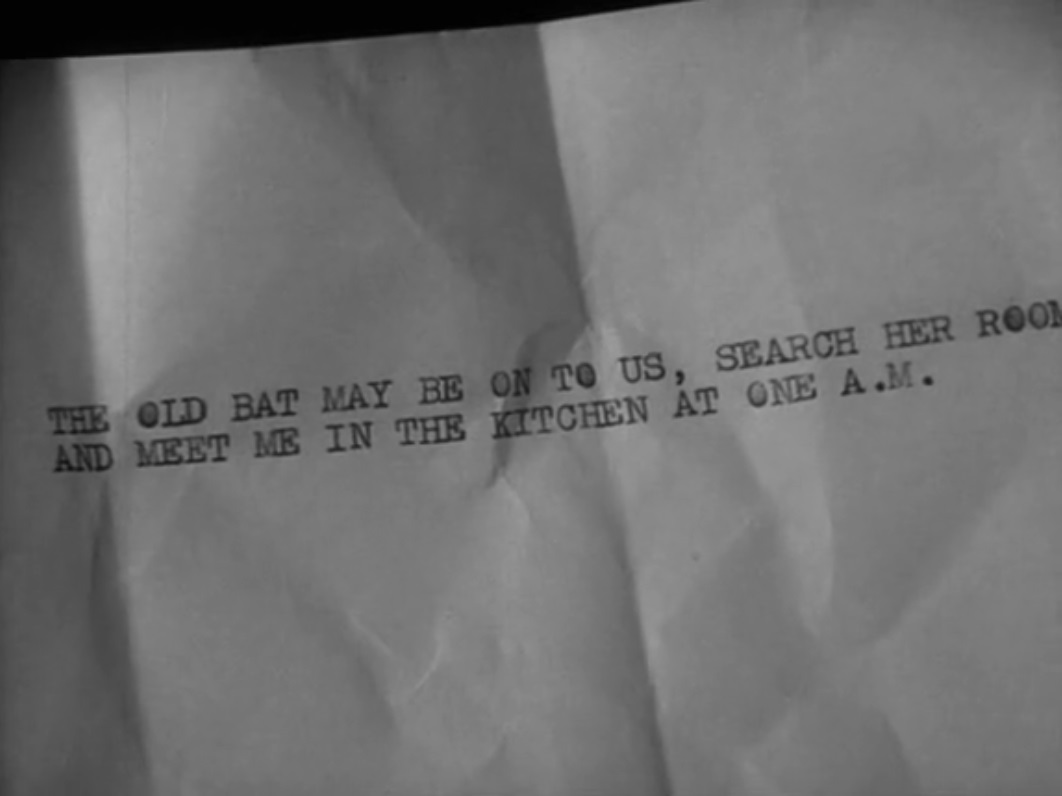
“Only a woman’s mind,” says Inspector Craddock of Miss Marple’s
latest deduction, “possibly only yours, could have dreamt that one up.” She sums up a modus operandi, “leaving nothing but an
innocent saucepan on the hob,” and this time he concurs, “yes, good work!” The theatrical agent Harris Tumbrill
(Dennis Price) has a tale to tell of old jealousy and poison.
On the night, someone replaces the blank pistol to be fired at Miss
Browne with a banana in the actor’s pocket.
Every stop is pulled out by the screenwriters of Tashlin’s The Alphabet Murders in the expression of a theme
picked up from Hitchcock (Murder!, Stage Fright), Hawks (Twentieth Century), Clayton (Room at the Top, cited jokingly in the
dialogue), and Donen (Charade), not to mention Ron Moody as Cosgood
in a sterling evocation of Kean or Booth or Barrymore
and Mackendrick’s The Ladykillers.
The cinematographer is Desmond Dickinson, director of C.E.M.A. in 1942.
David Parkinson (Radio Times), “rather contrived”. Britmovie, “becomes repetitive despite its
undoubted charm and good humour.” A.H.
Weiler of the New York Times, “a good deal less than exciting
or comic.” Variety, “begins to wear a little thin”. TV Guide, “an
amusing and brainy mystery that does not fail to please... a good British
mystery with enough humor in it to lighten the subject matter, the film is
handled with the seamlessness that director Pollock earlier demonstrated in
both Murder She Said and Murder at the Gallop.” Halliwell’s Film Guide, “hasn’t quite found the light
touch it seeks,” by Jove.
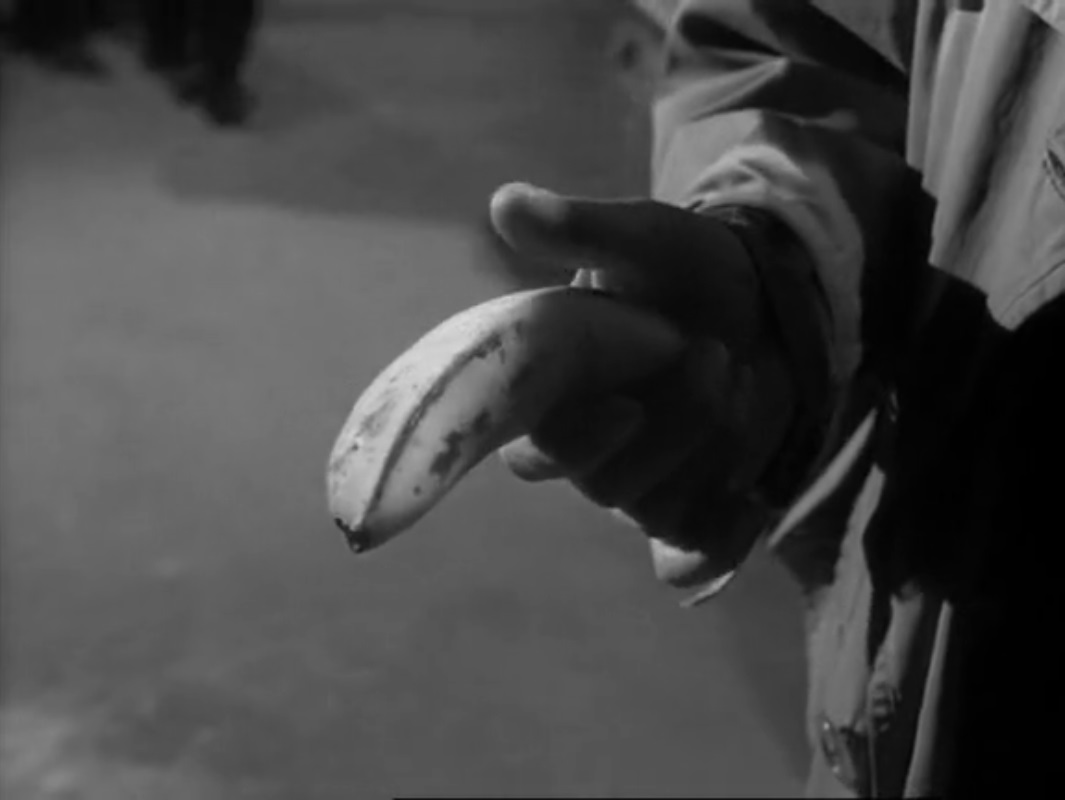
Murder Ahoy
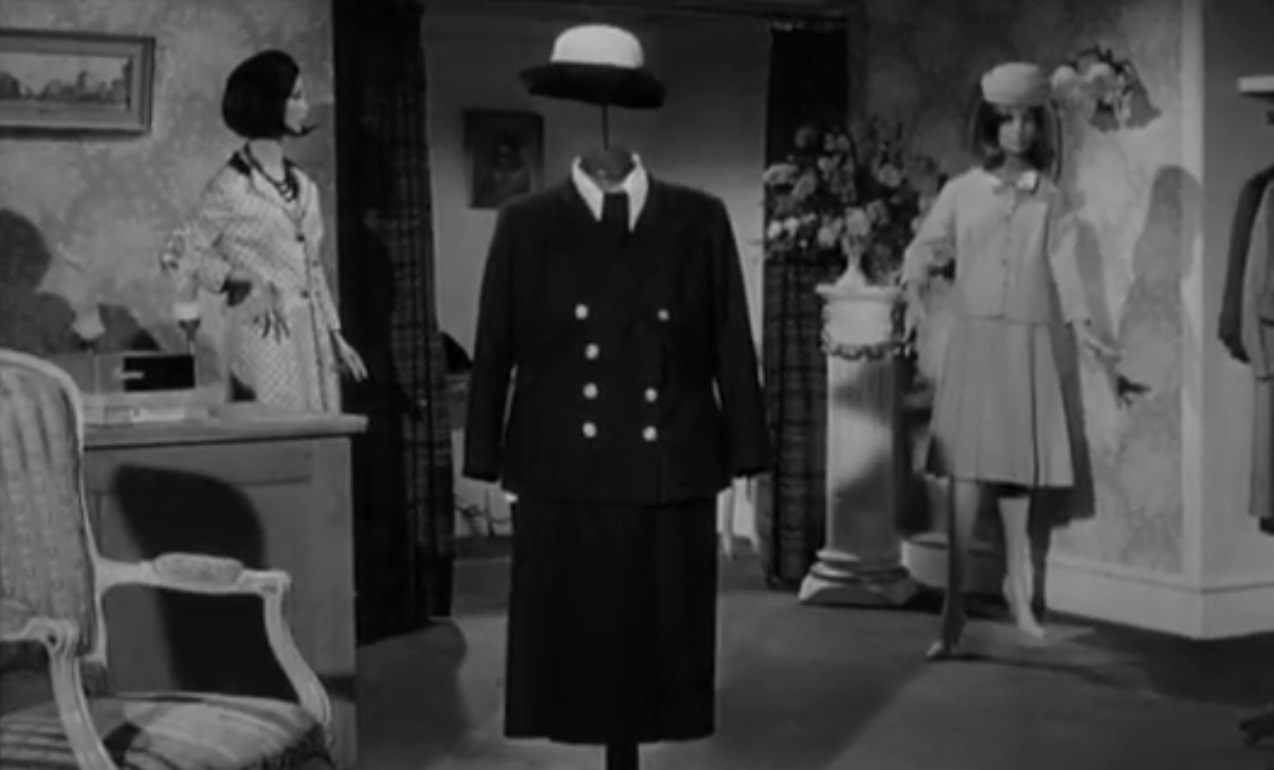
Marple in naval uniform, granddaughter of Sir Bertram Marple, Admiral of the Fleet, and niece of the late Rear
Admiral Sir Hubert Marple, aboard H.M.S. Battledore, a man o’ war in service to the
Cape of Good Hope Youth Reclamation Centre, founded by Sir Bertram.
Characteristically fine British camerawork in the laboratory scene (“Slogums Advanced Chemistry Set for Girls”) accomplishes her
analysis of fatally poisoned snuff, not African boxwood, for example (“pity, I
had hopes of that”). In the screenwriters’ finest
joke, she climbs atop her wheeled library steps and calls out, “oh, propel me,
please, Jim,” custodian of the Milchester library,
Mr. Stringer. The Doom Box by J. Plantagenet Corby plucked
from the shelf (among her volumes of mystery and amusement is Two Weeks in Another
Town by
Irwin Shaw, only recently filmed at Cinecittà by Vincente
Minnelli) provides a cognate example of misdiagnosis, a further extension of Murder She Said.
“Look at it,” says the captain of the Battledore (Lionel Jeffries), “reefer
jacket, brass buttons, tricorn hat,” he clucks his
tongue, “who does
she think she is, Neptune’s mother?” His startling
dragon robe (“one thing I can’t stand is being disturbed when I’m curling my
beard”) goes into The War Wagon (dir. Burt Kennedy) with great effect.
Dame Margaret Rutherford, one part Sydney Greenstreet,
one part Maggie Smith, one part Michel Simon, one part Dudley Sutton, one part
Alec Guinness (cf.
Guillermin’s Miss Robin Hood).
Undoubtedly the finest of the four films (pace Halliwell, for whom sequels are
without exception “increasingly poor”), building on the subtle accretion of
theme and inexpressibly benefiting from the wider screen. The
screenplay’s model for one crime (juvenile delinquency) masking another
(embezzlement) is Alfred Werker’s The Adventures of Sherlock Holmes, in all probability (cf. Dassin’s The Naked City, perhaps suggested by the striptease
behind the opening titles).
David Parkinson (Radio Times), “there are too many offbeat characters, a glut of
inconsequential chat and more comedy... than you'd find in the great Dame's
marvellous mysteries.” A.H. Weiler of the New York Times, “rarely exciting, intriguing or
comic.” Dave Kehr (Chicago Reader), “amiable British
mystery-comedy.” TV Guide, “funny, literate and buoyant.” Catholic News Service Media Review Office, “diluted with
too much feeble comedy”. Halliwell’s Film Guide, “all chat and no interest.”

Ten Little Indians
The poetry of Agatha Christie floats in every confession and throughout
the entire structure in a streamlined, very effective version of René Clair’s
original.
Pollock has everything to gain and wins it by painstaking detail in an
Alpine schloß with cable cars, no
communications and a faulty generator.
It’s snow all about, snooker, darkness and fear.
Time Out Film Guide’s loathsome review is a perfect match for Bosley Crowther’s idiocy in the New York Times, likewise Variety.